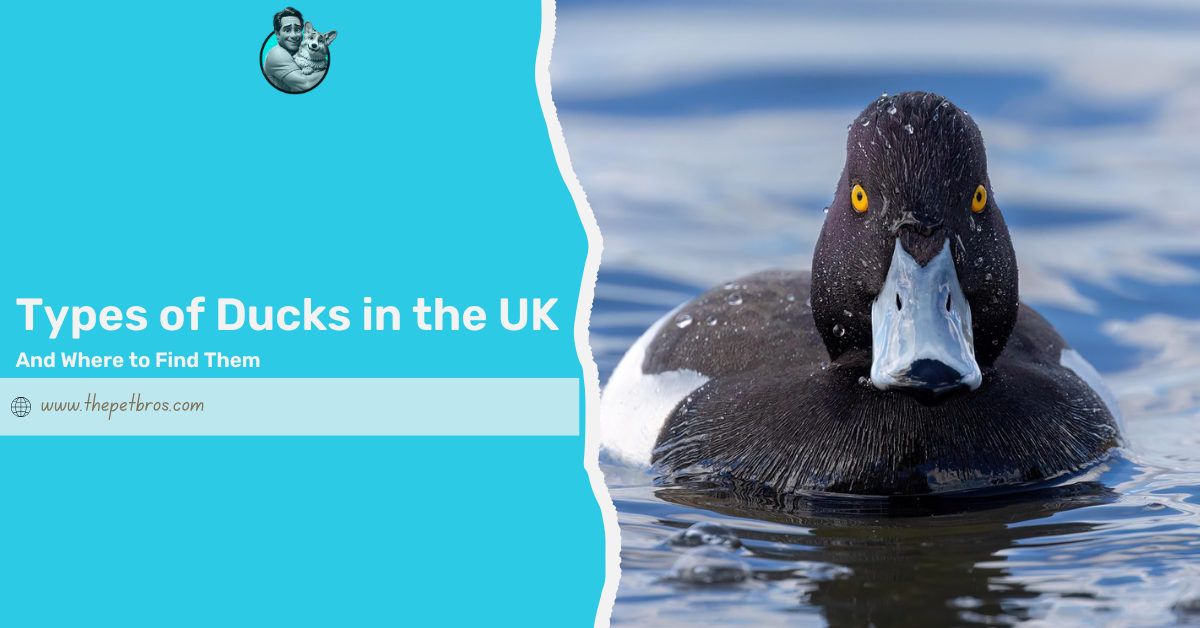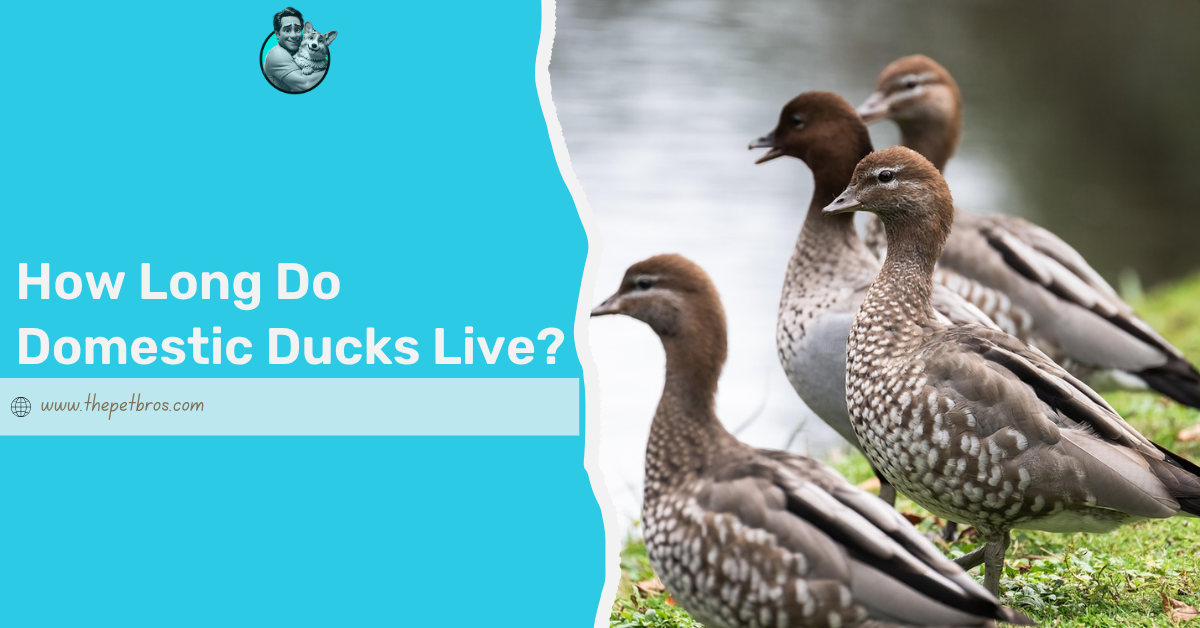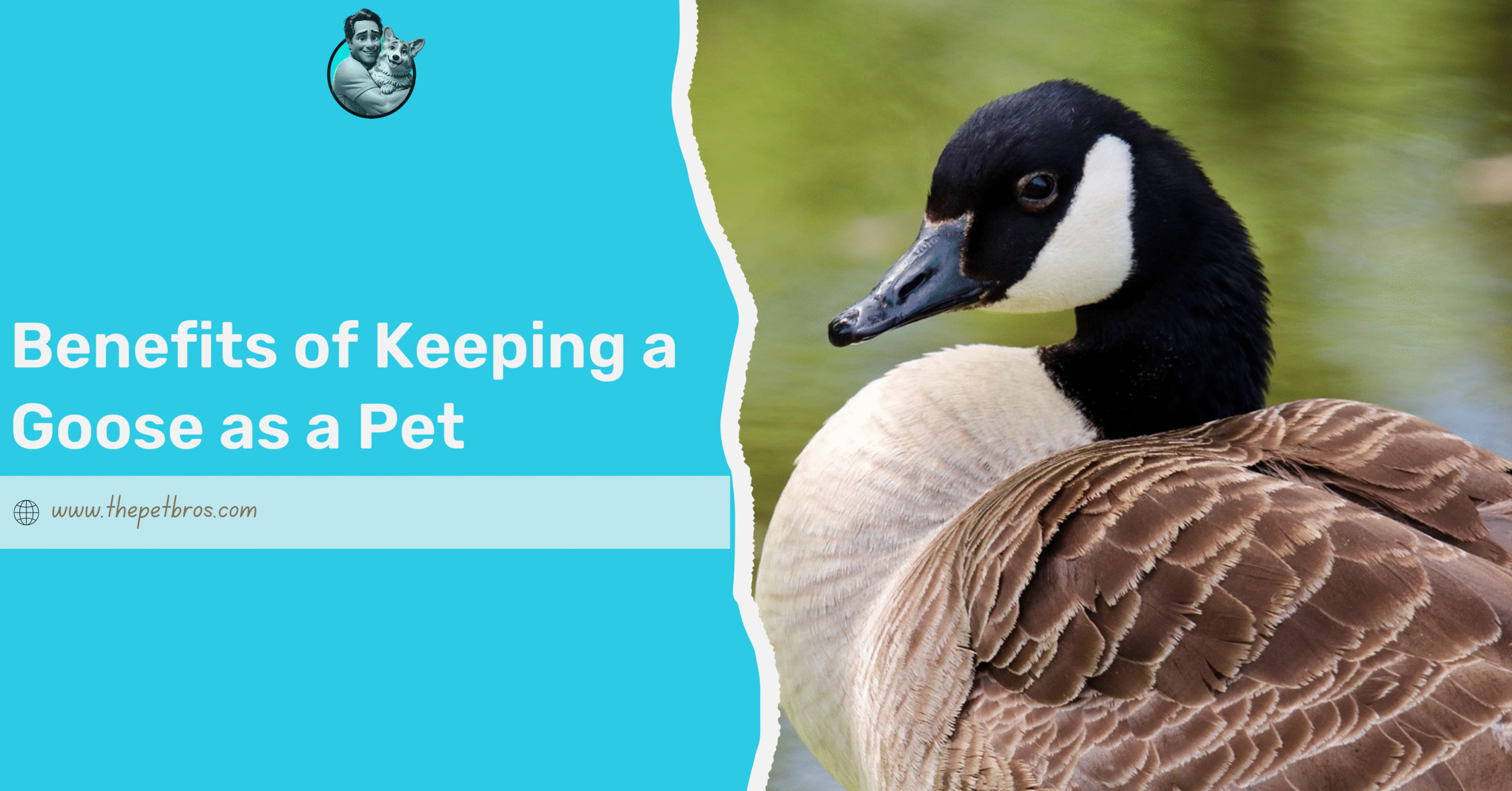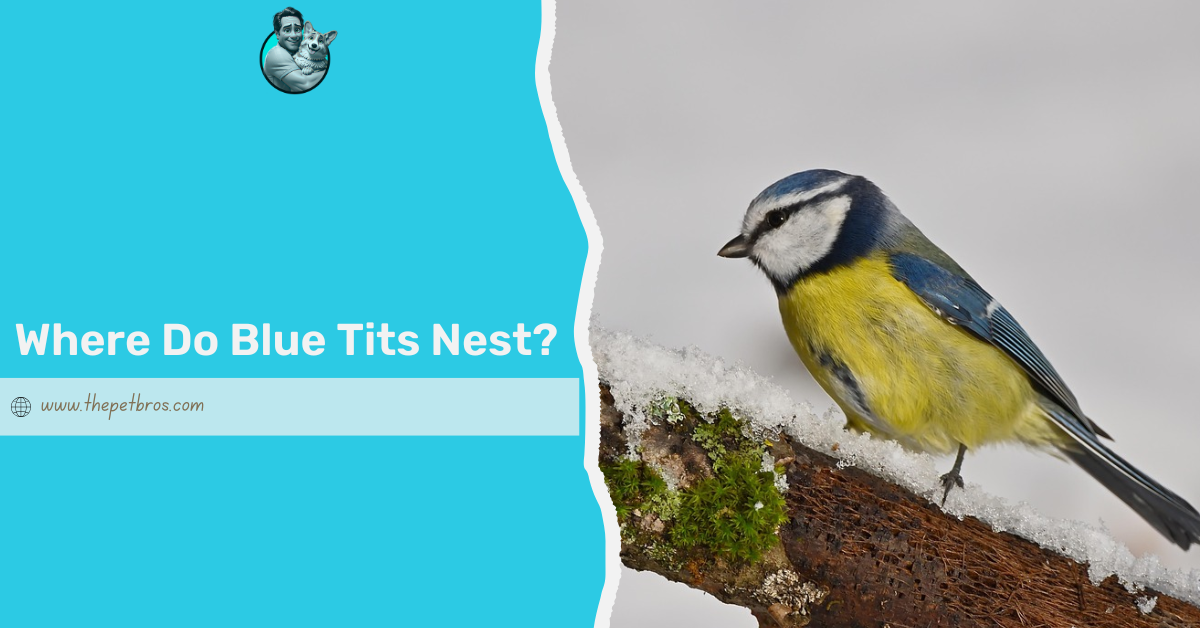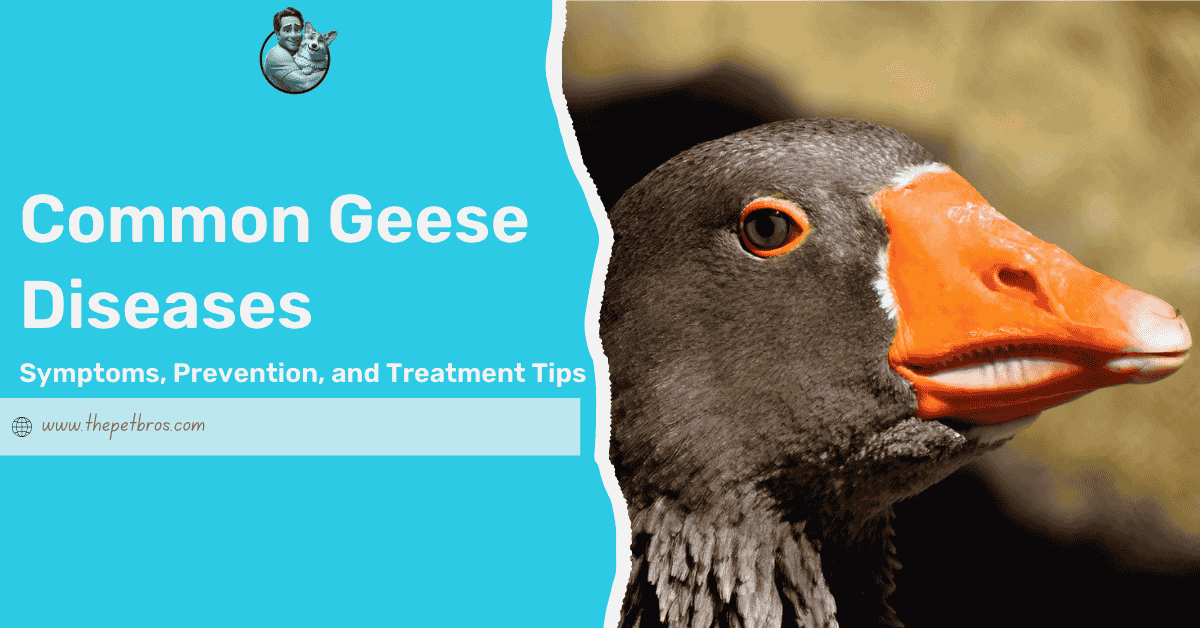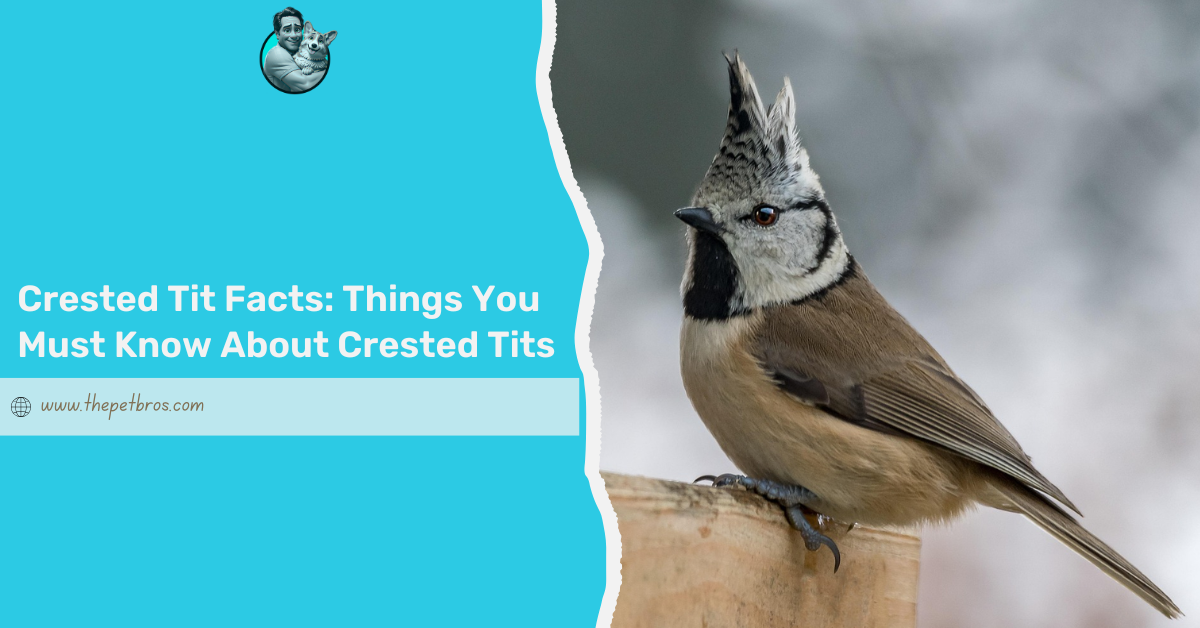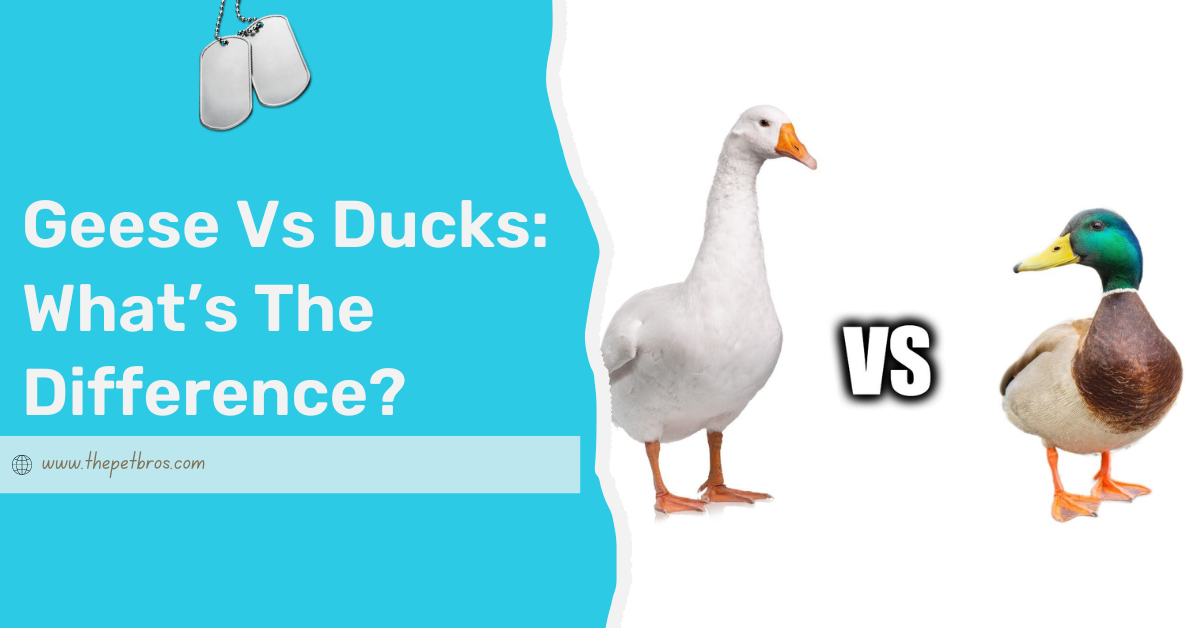If you’ve ever spent a lazy afternoon by a pond or wandered through a local park, you’ve likely spotted a few types of ducks, happily paddling along or waddling about in their own little world. But have you ever wondered who’s who in the duck world?
Here’s the thing: ducks are generally divided into two main groups: dabblers, who tip forward to feed on the water’s surface, and divers, who plunge beneath for their meals. But that’s just the start, there are also tree-nesting perching ducks, coastal sea ducks built for harsh tides, and sawbills with jaws made for fishing.
22 Types of Ducks in the UK and Where To Find Them
The UK is home to an impressive variety of ducks; 22 species of these ducks regularly visit or live here year-round, dipping, diving, or dabbling. Each type of duck has its plumage and preferred hangout spot. This guide will walk you through all 22 species, grouped into six main categories based on their feeding behaviour and lifestyle.
Category 1: Dabbling Ducks (7 species)
If ducks had a “surface-level” lifestyle, dabblers would be their founding members. These are the ones you’ll spot tipping forward in ponds, like clumsy acrobats without getting fully soaked. Dabbling ducks prefer the shallows, and instead of diving, they “upend,” meaning they tilt their bums up and nibble just below the water’s surface.
They’re also surprisingly graceful fliers, taking off vertically when startled and easily navigating through tight spaces, thanks to their long wings and lightweight build. Most dabblers are sociable, often found in chatty flocks drifting through wetlands, canals, and reedbeds. Here’s your cast of UK dabbling characters:
1. Mallard
Let’s start with the celebrity ducks. Mallards are the classic green-headed drakes and brown-speckled hens seen in just about every pond and canal from Manchester to Margate. They’re year-round residents and the ancestors of most domestic ducks, which might explain why they walk around like they own the place. They can also live for up to 15 years as pets.
- Where to find them: Everywhere. Parks, canals, marshes, you name it.
- Fun fact: Only the female quacks. The drake just looks smug.
2. Gadwall
Gadwalls are the understated cousins of the mallard. They often go unnoticed, but if you look closer at the male’s feather pattern, it’s a subtle masterpiece of greys and browns. They’re most visible in southern wetlands during winter, with some breeding in reedbeds during summer.
- Where to find them: Southern UK wetlands and reedy lakes
- Fun fact: They’re dabbling specialists with surprisingly intricate feather patterns.
3. Pintail
Like their tails, they are sleek, slender, and fashion-forward in the family; the Northern Pintail is one of the UK’s most elegant ducks. Males sport long tail feathers and a rich chocolate-brown head. While a few might nest here, they mostly arrive for a winter break in our coastal marshes.
- Where to find them: Slimbridge, Cley, and other coastal reserves
- Fun fact: Pintails feed in deeper water than most dabblers.
4. Shoveler
Imagine a duck with a spoon for a beak and a colour palette straight out of a designer’s sketchbook. That’s the Shoveler. Their oversized bills are made to filter tiny morsels from the water. Most are here all year, but their numbers swell in winter.
Where to find them: Wetland reserves, particularly in winter
Fun fact: Their group courtship spins look like ducky dance battles
5. Wigeon
Wigeons love a good picnic, especially one involving short grass near water. In winter, huge flocks graze like sheep beside lakes and reservoirs. Males are easy to spot with their pinkish flanks and glowing orange-brown heads. And if you hear a whistling “whee-ooo,” that’s your guy.
Where to find them: Norfolk, estuaries, and lakeside fields
Fun fact: Wigeons often feed more on land than in water.
6. Teal
They are the tiniest of the UK’s dabblers; Teals are fast, nimble fliers with a real knack for dramatic exits. Males sport a chestnut head with a bold green eye-stripe. They’re common in autumn and winter, darting around floodplains and marshes.
- Where to find them: Wetlands, floodplains, and shallow lakes
- Fun fact: They can take off vertically in a blur when alarmed.
7. Garganey
This duck type is special. The Garganey is the UK’s only regular summer visitor among ducks. You’re most likely to spot them in spring or early autumn, during migration, often among flocks of Teal. Males have a striking white eyebrow-like crescent above the eye in the breeding season.
- Where to find them: Marshy wetlands during spring migration
- Fun fact: Their call sounds like someone scratching a comb.
Category 2: Diving Ducks (5 species)
While dabblers stay at the surface, diving ducks are the deep-sea explorers of the duck family. Their world is usually a chilly lake or estuary. They sink below the surface with a slick body arch and back-placed feet. Once underwater, they paddle, scull, and sometimes even steer with their wings in search of tasty aquatic treats like molluscs, crustaceans, or plants growing from the depths.
On land, these types of ducks walk with a bit of a waddle (blame those far-back legs), but in the water, they’re sleek and efficient. And they’re not the quickest to take off either; they need a running start across the water’s surface. Let’s meet the UK’s five regular diving ducks:
8. Pochard
Classic, confident, and crisply coloured, the male Pochard sports a rich chestnut head, black chest, and silvery body. The females are more understated in tone but no less elegant. They’re most visible during the winter months, especially in the south.
- Where to find them: Large southern lakes and reservoirs
- Fun fact: Classified as vulnerable globally, UK wintering flocks matter more than ever.
9. Red-crested Pochard
Slightly larger than their common cousins, red-crested pochards are striking escapees turned residents in parts of England. Males are unmistakable, with fiery orange heads and brilliant red bills, like ducks styled for a 90s boy band shoot.
- Where to find them: Urban lakes in southern England
- Fun fact: Most UK breeders descended from birds that escaped ornamental collections.
10. Scaup
The lesser-known cousin of the tufted duck, the male Scaup has a paler back and a rounded head, with a broader build overall. They’re mostly spotted in winter along the coast, especially in Scotland, where they gather in tight flocks.
- Where to find them: Scottish coastal waters and large inland lochs in winter
- Fun fact: Scaup can dive over 10 metres deep when feeding.
11. Tufted Duck
Dapper and dependable, looking like the gangsters in the duck family, tufted ducks are everywhere from city park ponds to inland lakes. Males wear bold black and white tuxedos, crowned with slick hair that even Elvis would envy. They’re with us year-round and are one of the UK’s most recognisable diving ducks.
- Where to find them: Almost any park, lake, or freshwater body
- Fun fact: Females often get mistaken for Scaup; look for that telltale head tuft.
12. Goldeneye
These dark beauties have a flair for dramatic displays. Males throw their heads back in rapid-fire courtship dances while making a bizarre rattling sound. They visit the UK in winter, mainly in the north.
- Where to find them: Scottish lochs and southern reservoirs in winter
- Fun fact: They’re rapid divers, sometimes disappearing and reappearing before you blink.
Category 3: Sea Ducks (5 species)
Think of sea ducks as the seafarers of the duck world. The types of ducks under this category don’t just dip their toes; they dive headfirst into the rough, salty stuff. With thick down for insulation and special glands to expel excess salt, sea ducks are made for life along Britain’s chilly coasts. Some even breed here, braving tides and rocky shores to raise their ducklings where most birds wouldn’t dare.
They’re expert divers too, some can plunge over 50 metres deep, chasing mussels, crabs, and small fish like tiny aquatic torpedoes. While many sea ducks are winter visitors, a few have set up permanent seaside homes, especially in the north. Let’s meet the marine A-listers:
13. Eider
The UK’s heaviest duck and the source of luxurious eiderdown, though they keep it for themselves these days, thank you very much. Males wear slick black and white, while females are mottled brown for perfect coastal camouflage. You’ll hear their mellow “wooo-uh” call before you spot them.
- Where to find them: Northumberland and Scottish coasts; nesting in summer colonies
- Fun fact: They dive for mussels and can swallow them whole, shells and all.
14. Common Scoter
Jet black males with a touch of yellow on the bill, and brown-cheeked females that hang in massive flocks offshore. In winter, they gather in enormous “rafts” that ripple like synchronised swimmers when disturbed.
- Where to find them: Welsh and northeast English coasts
- Fun fact: Though rarely seen inland, they’re among our most numerous winter sea ducks.
15. Velvet Scoter
They are chunkier than the Common Scoter and just as sea-savvy, the Velvet Scoter is a rarer visitor with a wedge-shaped bill and white flash on the wing. You’ll need binoculars and a bit of luck to spot them.
- Where to find them: Offshore from Scotland’s east coast, mostly in winter
- Fun fact: They can look like floating shadows until they flap and flash those white wing patches.
16. Long-tailed Duck
Feel free to call these the divas in the family. An Arctic visitor with serious diving skills up to 60 metres deep! Males wear bold black-and-white plumage with elegant tail streamers, while females keep it subtle. They spend most of their time underwater rather than bobbing on the surface like other ducks.
- Where to find them: Northeastern Scotland’s bays and sometimes inland reservoirs
- Fun fact: They spend up to 80% of their active time underwater.
17. Red-breasted Merganser
Technically, it is a sawbill, but it is often spotted around rocky UK coastlines in winter. Males have shaggy green heads and long, slim, serrated bills made for catching fish. They’re more rock-and-roll than refined, always chasing, diving, and darting along the shore.
- Where to find them: Rocky coasts and sea lochs; breeding inland in Scotland
- Fun fact: They’re one of the fastest-flying ducks in the world, hitting speeds over 100 km/h.
Category 4: Sawbills (2 species)
Sawbills are the duck world’s built-in anglers. Their long, narrow bills are lined with sharp, comb-like edges. Think of them as nature’s version of a multi-tool. These serrated bills make sawbills incredibly good at catching fish, their favourite food. And while they’re technically diving ducks, they’re so specialised that they deserve their spotlight.
With sleek bodies and dramatic plumage, sawbills look like they’re always up to something. Usually, they are: swimming upstream, hunting in pairs, or showing off a sharp turn underwater. Here are the UK’s two most regular sawbill suspects:
18. Goosander
They are Smooth, sleek, and built like a freshwater torpedo; Goosanders are winter regulars on lakes and rivers across the UK. Males show off dark green heads with pinkish-white bodies, while females rock grey with rusty crests. You’ll often spot them silently gliding or suddenly disappearing beneath the surface.
- Where to find them: Lakes and rivers from the Peak District northwards
- Fun fact: Their young are known to leap from high nests and bounce off the ground unharmed, hardy from day one.
19. Smew
The rarest and arguably the most stylish of the bunch, Smew look like punk rockers from a black-and-white movie. Males have sharp monochrome markings with a slick crest, while females (aka “redheads”) are grey with a chestnut crown. They’re winter visitors only—catch them if you can.
- Where to find them: Quiet southern reservoirs like Rutland Water
- Fun fact: They’re tiny but fierce, capable of easily diving for fish in icy waters.
Category 5. Shelducks (2 species)
Not quite ducks or geese, shelducks are the hybrids of the duck world. With goose-like size and duck-like habits, they strut confidently through estuaries and mudflats. Their name comes from an old word meaning “pied,” a nod to their striking two-tone plumage. And while they dabble like ducks, their upright stance and social nesting habits give them a character all their own. Here are the UK’s two standout shelduck species:
20. Common Shelduck
These ducks are large, loud, and impossible to miss. They have a bold black-and-white body, a chestnut band, and a bright red bill (complete with a prominent knob on the male). The Common Shelduck is a regular at estuaries and mudflats across the UK. They breed in burrows or under buildings and often leave their ducklings in giant shared crèches, watched over by just a few adults.
- Where to find them: Coastal wetlands and reserves like WWT Slimbridge
- Fun fact: They dabble for snails in the mud using their wide bills. Hydrobia ulvae is the house special.
21. Egyptian Goose
While these types of ducks are grouped under shelduck, it is not actually a true shelduck. However, it is close enough to be part of the club. Originally from Africa, these ornamental escapees are now year-round residents in southeast England. They’ve got an attitude, are too bold, and are vocal. They often patrolled fancy lakes and parkland like they ran the joint.
Where to find them: Ornamental lakes, city parks, and golf courses in southeast England
Fun fact: Despite the name, they’re more closely related to shelducks than geese and yes, they will pick fights with swans.
Category 6: Perching Duck (1 specie)
And lastly on our list of 22 types of ducks in the UK, we have the perching duck. This is a “one-man” category. While most ducks are content dabbling or diving, perching ducks literally take things to another level. These tree-loving birds are built to nest in high hollows, cling to bark with their clawed toes, and zigzag through forest canopies like feathered fighter jets. Their short, broad wings give them remarkable agility, and when it comes to fashion? Well, let’s just say this duck has primary character energy. Here’s the UK’s one and only regular perching duck:
22. Mandarin Duck
If peacocks ever took swimming lessons, they might end up looking like a male Mandarin duck. Native to East Asia, these escaped ornamentals now thrive in parts of the UK. The males are an explosion of colour: tangerine sails on the back, lime-green ear tufts, and a deep chestnut chest, while the females keep it classy in subtle greys and whites. They nest in tree cavities.
Where to find them: Surrey, Hampshire, and wooded lakes in the Home Counties
Fun fact: In Chinese culture, they symbolise love and fidelity. In the UK, they symbolise when you say, “Wait… is that real?!”
Conclusion
All the various types of Ducks in the UK are a surprisingly varied bunch, each with its habits, hangouts, and seasonal patterns. You’ll find species adapted to woodlands, wetlands, estuaries, reservoirs, and ornamental lakes, from tree-hopping Mandarins to deep-diving Goldeneyes.
Knowing who’s who in the duck world makes your everyday encounters with them more rewarding even if you’re a casual walker as opposed to a dedicated birdwatcher which you should consider. You’ll start to notice the spoon-shaped bill of a Shoveler or the ghostly flash of a Smew on a quiet winter lake.
FAQs
Where can I see diving ducks in the UK?
Diving ducks can often be found in lakes, reservoirs, and estuaries, particularly during winter when they migrate to the UK.
How do sea ducks survive in harsh conditions?
Sea ducks have evolved thick down feathers and special glands to help them handle cold temperatures and survive in saltwater.
Can I find hybrid ducks in the wild?
Yes, hybrids often occur in parks or urban areas where domestic ducks may interbreed with wild species like Mallards.
What is the best time to spot ducks in the UK?
Winter is a great time for birdwatching, as many species migrate to the UK during this season.






